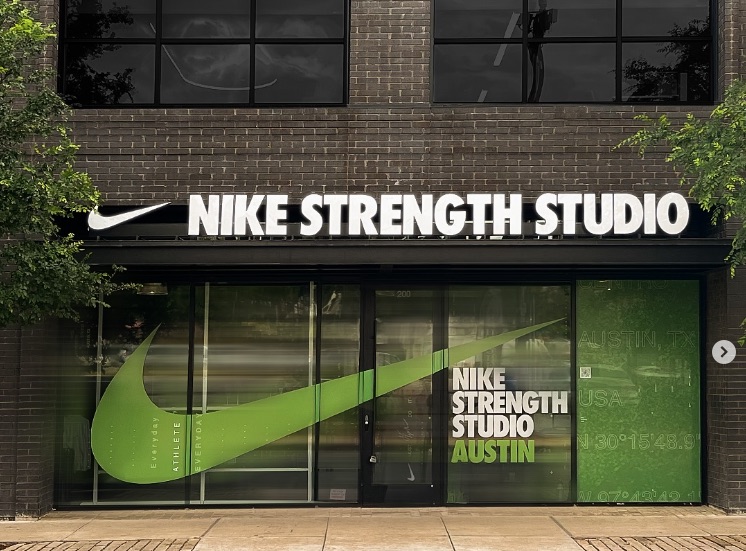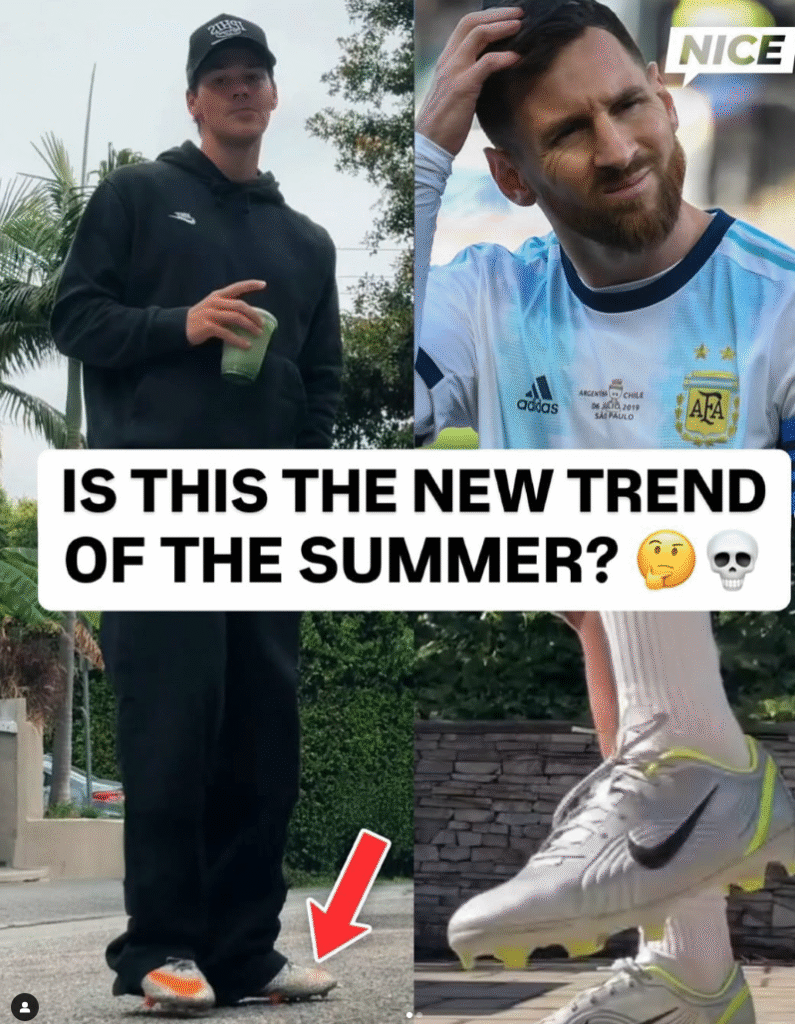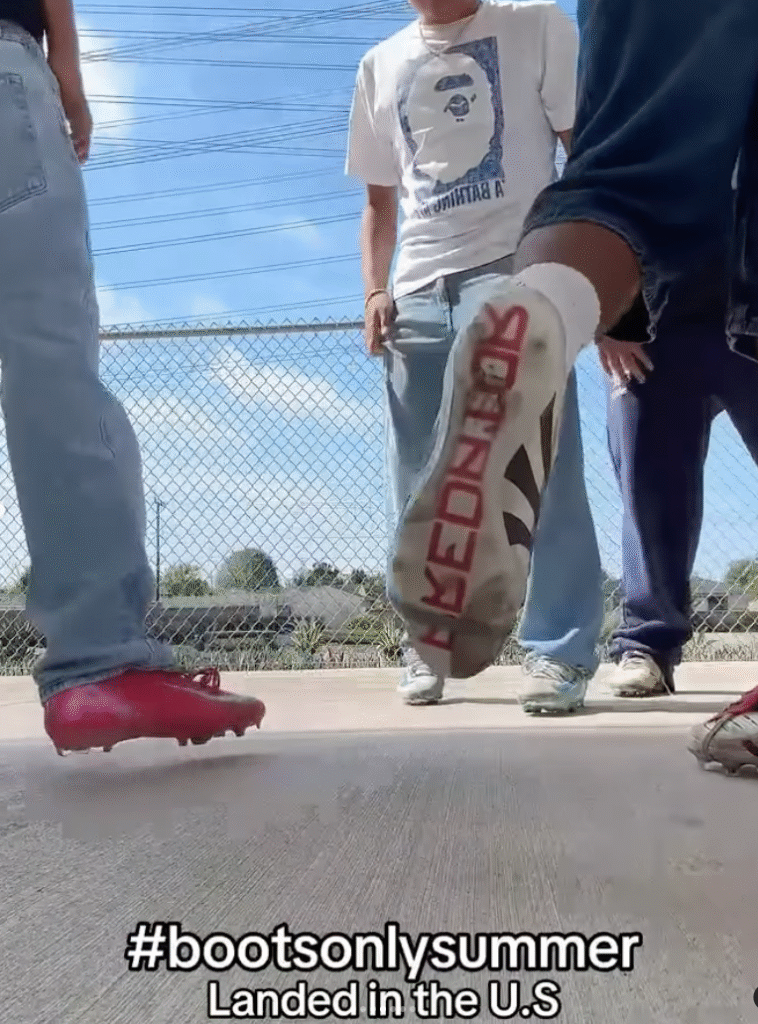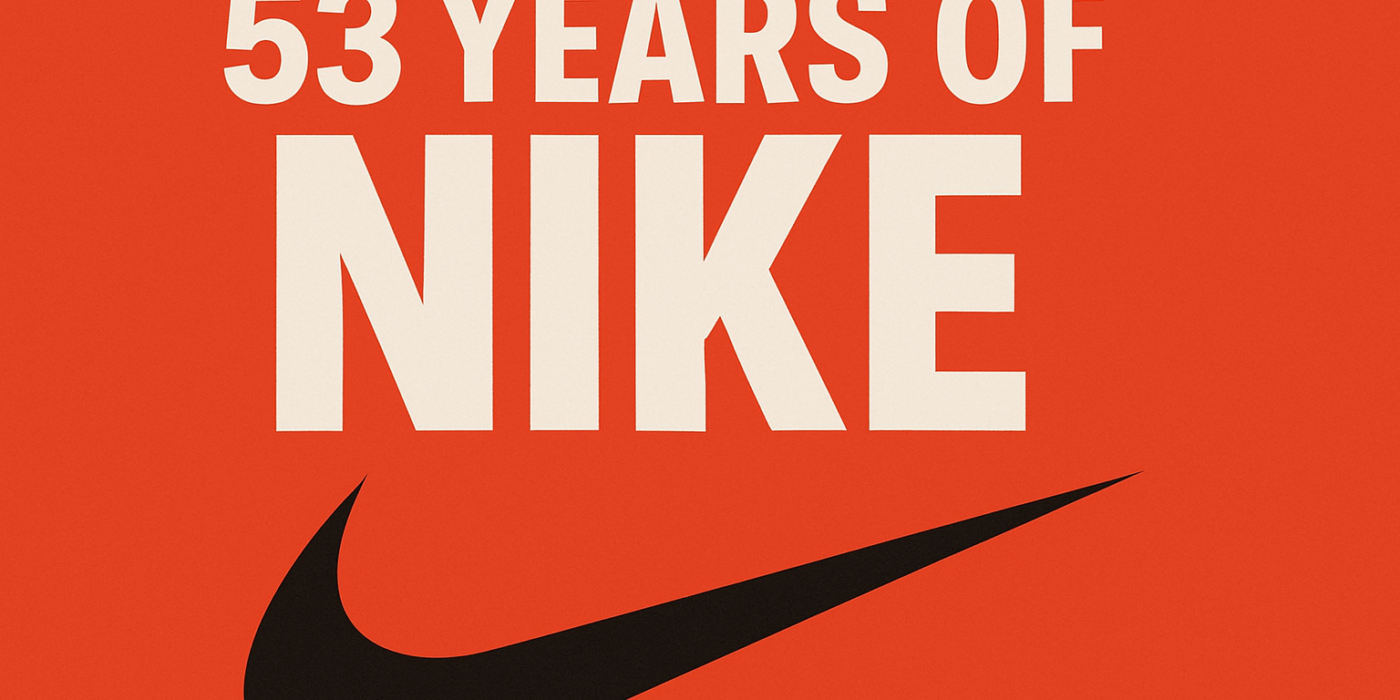Nike’s never just sold sneakers – they’ve sold a lifestyle.
Now, they’re taking it to a new level with Nike Studios gyms, opening across California and Texas. But at £249/month, people are raising eyebrows.
Is it a smart strategy or just another branded hustle?
Here’s what Nike’s doing, why people are mad, and what it means for the culture.
Welcome to Nike Studios
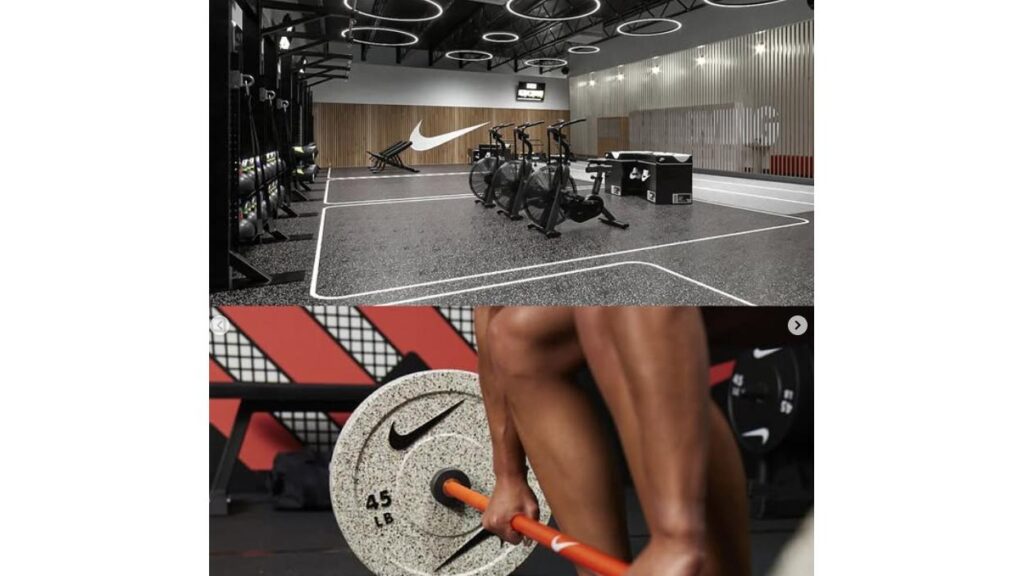
Nike has stepped into the gym business. Their new project, Nike Studios, brings luxury workout spaces to fitness lovers across California and Texas.
With sleek designs and different studios for training, running and strength, it’s a new chapter for the Swoosh.
Nike quietly launched this move on Instagram through their @nikestudios page, kicking things off with a post that read:
The weights are officially moving at Nike Strength Studio East Austin. As the plates stack up, so does the momentum. The mission is clear: show up strong and win every day.
But the internet isn’t sold on it — yet.
The Price Tag Problem
At £249/month, many say the cost is out of touch. Comments like:
“$250!? Is a pro athlete gonna train me??”
“Overpriced ahh membership. Even if there were basketball courts it would still be robbery. 3k/annual?!”
“240 a month to do the same thing you can do in Crunch for $20?”
The backlash is loud — not just about money, but value.
What’s Included?
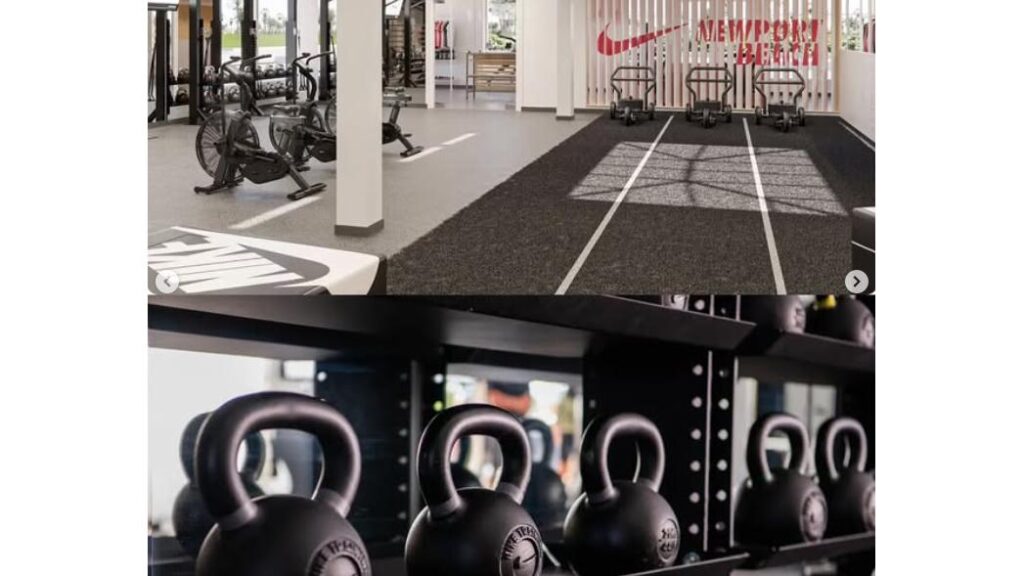
Nike Studios are broken into three categories:
- Training Studio – Personal coaching, small classes
- Running Studio – Indoor tread sessions and technique work
- Strength Studio – Functional fitness with high-end gear
That said, many people noted the lack of basketball courts, especially given Nike’s history with the sport:
“Where the basketball courts at “
“Nike gentrified working out my god”
So What’s the Real Play Here?
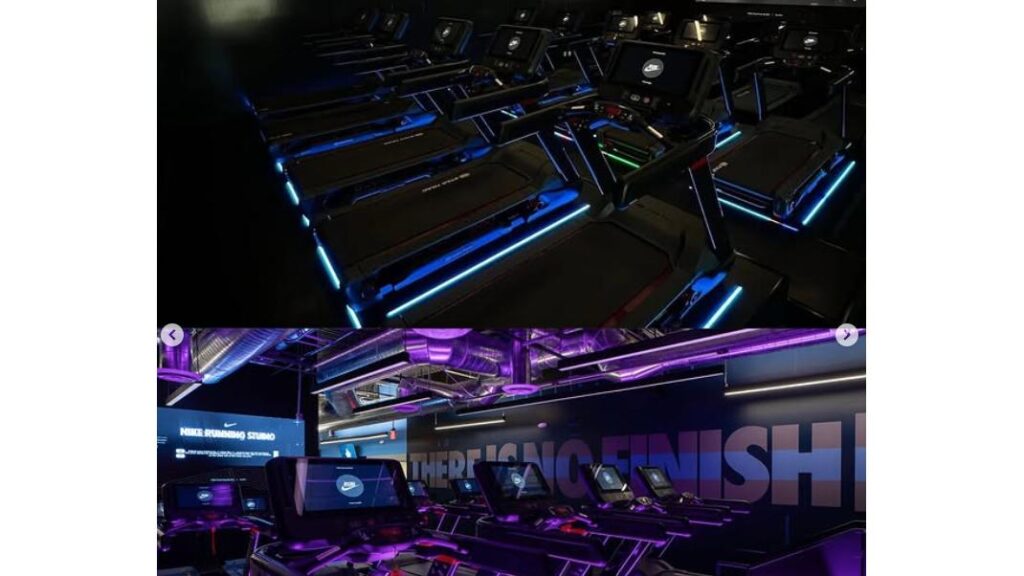
Nike isn’t just selling gym access. This looks more like a data and brand play. Even CEO Elliott Hill reinforced this during Nike’s Q3 FY25 earnings call in March 2025, stating:
Of all the priority actions, we knew we could move quickest on investing in our brand… That is how we create impact and that is Nike being Nike.
- Creating a Nike-powered fitness ecosystem
- Offering premium spaces to collect user feedback and performance insights
- Building in-brand loyalty through lifestyle experiences
Think of it as the Apple Store for fitness — less about profit, more about presence.
What the Community’s Saying
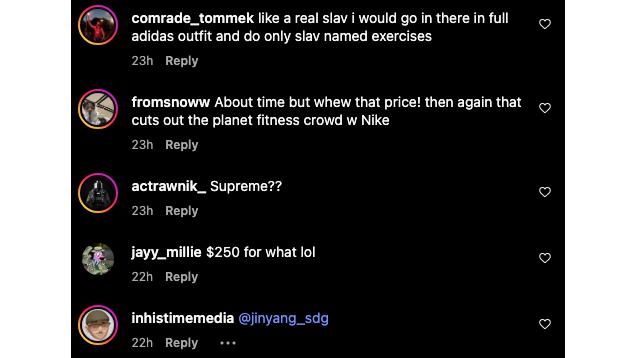
Scrolling the comments, you’ll find a mix of:
- Outrage at the price
- Humour (“I’d rather die than pay $249”)
- Scepticism about Nike’s intentions
- Requests for locations in New York, Florida, and beyond
The sentiment is clear: people care — even when they’re hating.
What It Means for the Culture
This move might not be for everyone, but it signals something bigger: Nike wants to own your entire fitness journey, not just your shoes.
And whether or not these gyms succeed, they’re already dominating headlines — and that’s a win in itself.
Nike fans and sceptics alike — what’s your take on this premium fitness move? Would you pay £249/month for a gym if it’s wrapped in the Swoosh?
Before You Dip…
Remember to follow our Facebook page or subscribe to our newsletter for more updates on sneaker drops, stories, and tips.
Check out the latest trainer reviews and video content by following @saucedby on Instagram and Pinterest
Sources
- Nike Studios official Instagram: @nikestudios
- Nike Q3 FY25 Earnings Call Transcript (March 2025)
- Community comments via Instagram

